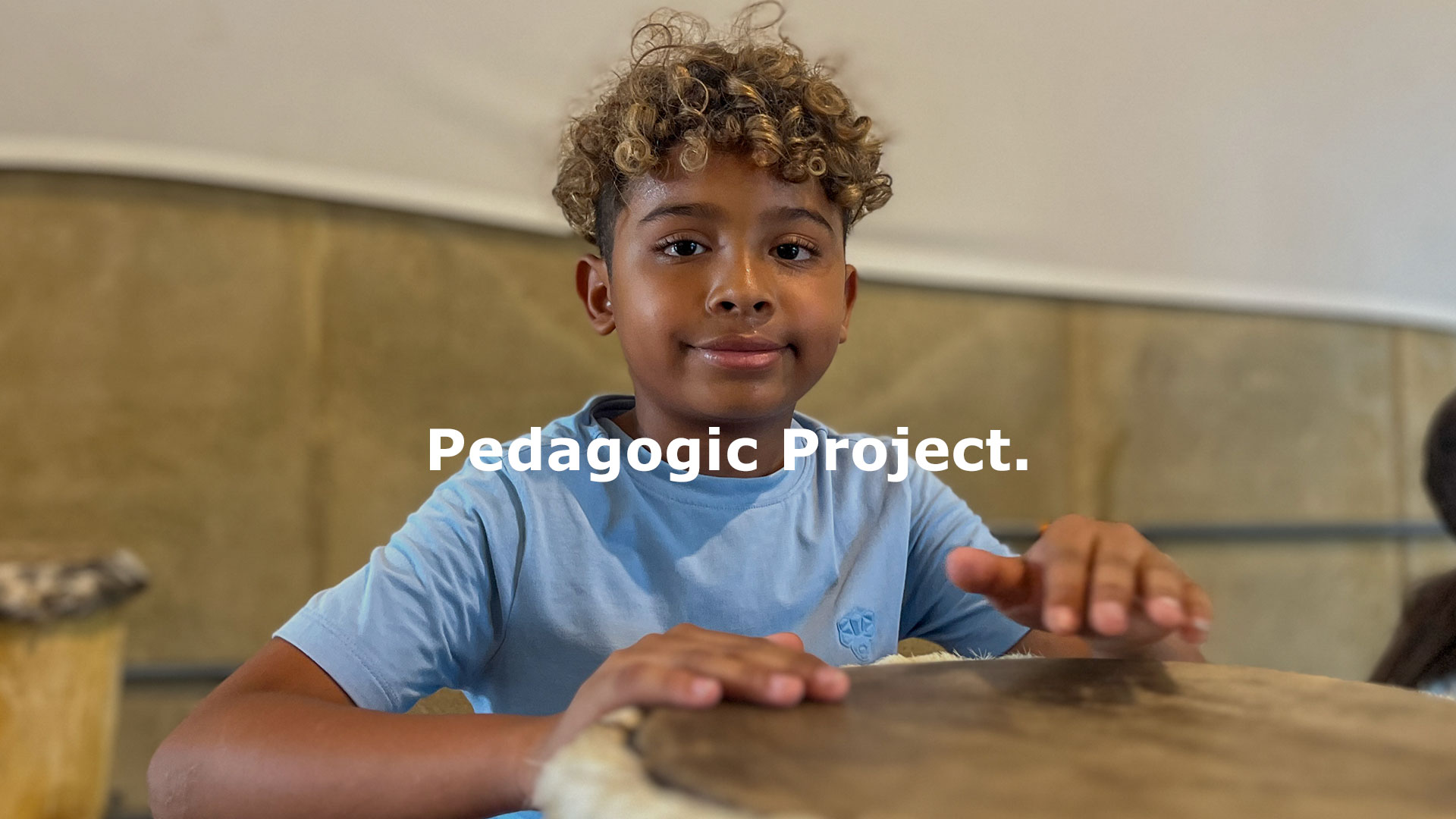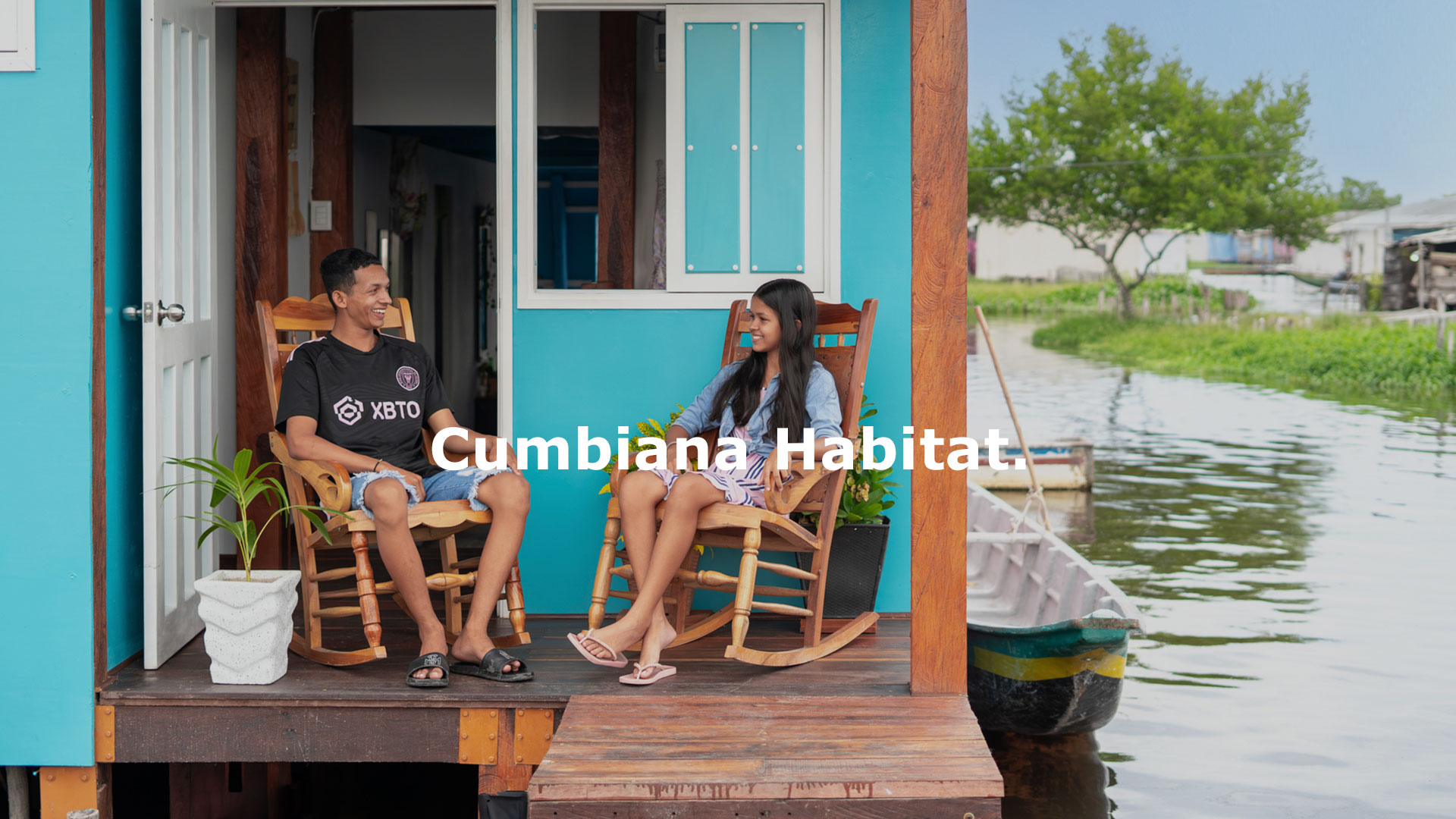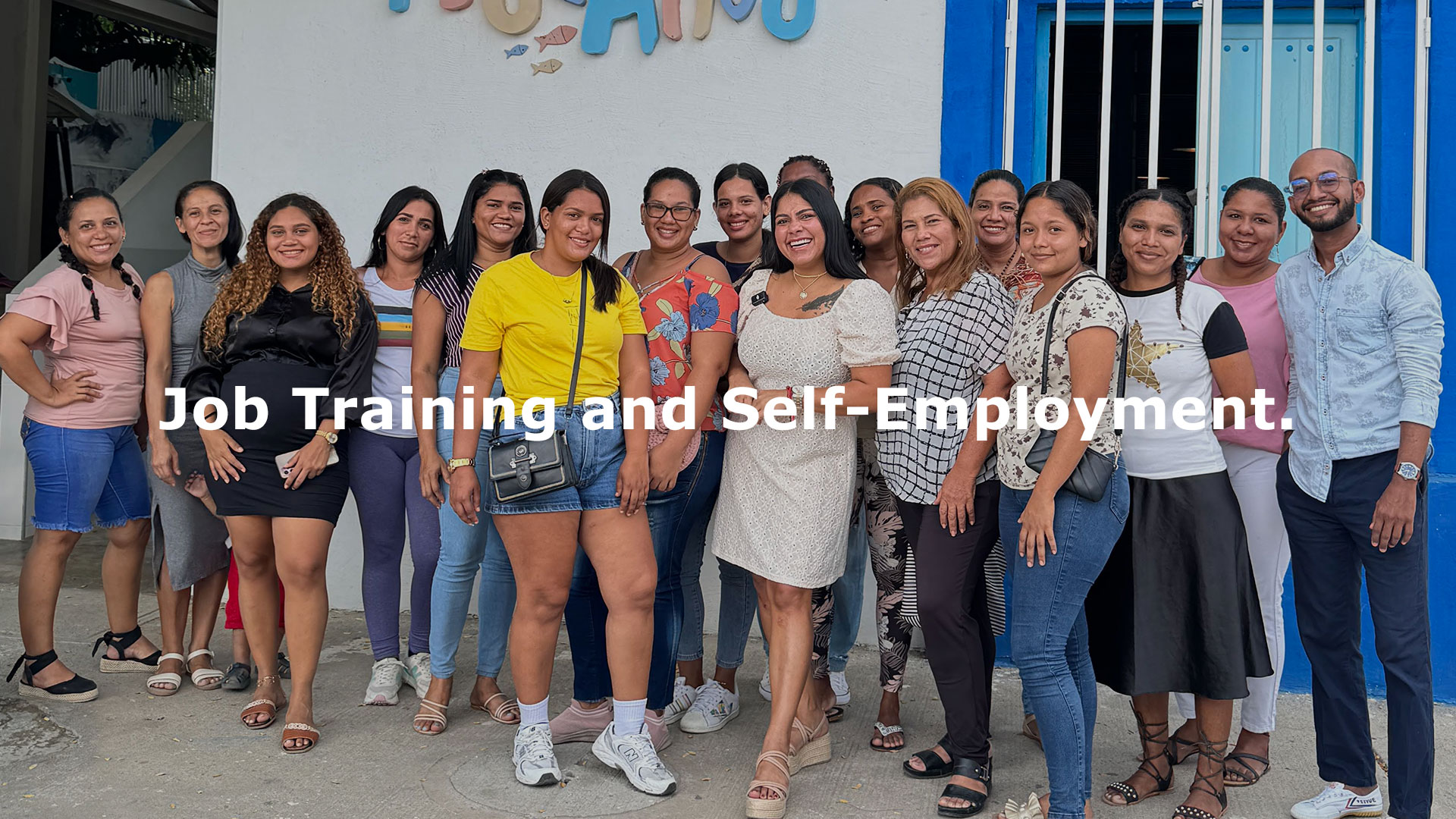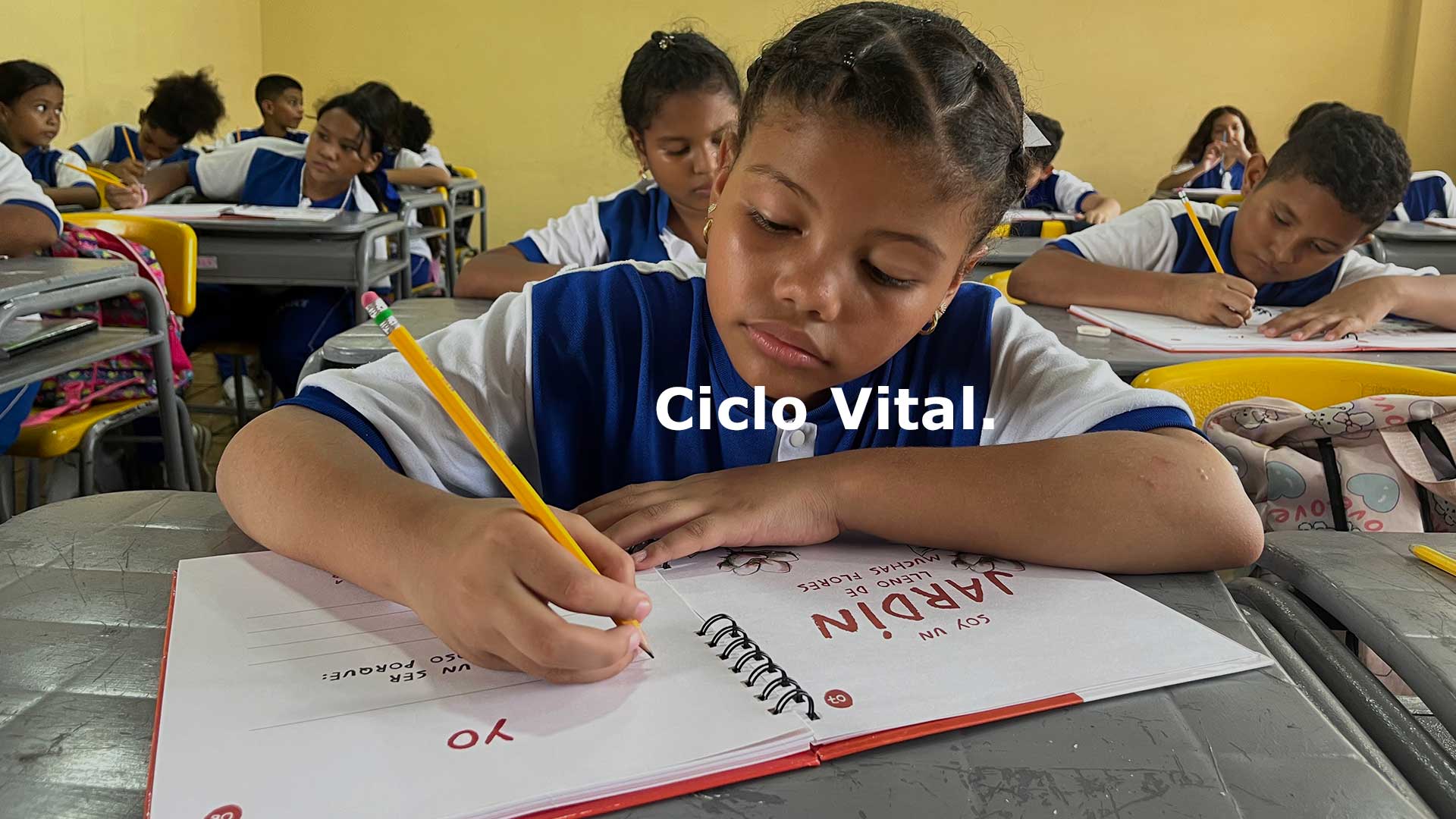It’s 4 p.m. on a weekday. A group of children are playing a soccer game at a sports stadium. The coach tries to give instructions, but his voice is inaudible to the children, who run around in despair and confusion because a giant pickaxe in a neighboring house is unleashing a reggaeton storm that shakes the foundations of the synthetic grass.
It’s 3 in the afternoon on a Saturday and a group of boats anchored on the south side of El Rodadero beach compete for who has the loudest music: guaracha, reggaeton, rancheras, cantina, romantic salsa, some vallenato and even Carlos Vives, resound and mix in a stridency that makes the windows of nearby buildings vibrate where the tormented residents cannot find a minute of peace, not even inside their own homes.
It’s 7:00 p.m. on a Thursday, and the chivas parade through the city, blasting music at unimaginable levels from the homes of Santa Marta children who want to sleep in so they can get up early for school. It’s 2:00 a.m. on any given day, and a neighboring house in any neighborhood decides it’s time to light the picó and wake up to loud music, not caring that the neighbors have to get up early for a normal workday.
It’s 10 a.m. on a quiet beach, and a couple of tourists decide that the sound of the ocean, the waves on the sand, and the birds circling overhead aren’t enough to enjoy. They turn on a speaker with music, and spend the rest of the day imposing their sound on everyone else.
These are all examples of sonic violence. Sometimes we think that since sound can’t be seen, it doesn’t exist. However, the intrusion of sound into the space of others is one of the biggest causes of violence in society. It’s worth asking,
Do we really have the right to amplify music over the silence of others?
This invasion of sound into the common space prevents people from being alone with their own thoughts. Ideas don’t flourish in a noisy head, stunned, invaded, and distracted by resounding waves. A conversation doesn’t flow if you don’t listen to the other person. Even music doesn’t exist without the silences within it. Silence is more valuable than we think; it’s more than the absence of noise. And a noisy, distracted city also struggles to flourish.
Indiscriminate noise is unleashed in Santa Marta. Sometimes we think that like the sound
It can’t be seen, it doesn’t exist. There’s no point in making grand plans to improve the quality of tourism if the city experience is degraded by noise pollution, primarily generated by uncontrolled amplified music.
Today, we invite you to make a grand agreement to value and protect silence. We call on all sectors of the city to sit down and discuss how we want our city to sound in the next 500 years.
What would a Santa Marta be like where authorities, merchants, transporters, and citizens together agree on the rules of our soundscape? We envision an agreement that doesn’t seek to impose absolute silence, but rather to find balance. In communities like Pescaíto, where music is a fundamental part of cultural identity, it’s about harmonizing sound expressions with the right to rest, so that each sound has its time and place.
Silence in a city becomes a powerful tool for fostering peace, harmony, and respect among its inhabitants. In our work with communities, we have observed how prolonged exposure to high levels of noise pollution not only affects physical health but also significantly increases stress levels and impairs the quality of social interactions. A constantly noisy environment acts as an invisible catalyst for conflict, while calm spaces allow for reflection, listening, and constructive dialogue.
In a region so rich in biodiversity, with a privileged location, bathed by the Caribbean Sea and overlooked by the majesty of the mountains, it’s worth taking the opportunity to stop and listen to the waves, the wind whispering through the trees, and the songs of the visiting birds. It’s essential to understand that Santa Marta is a city immersed in a privileged ecosystem, and that improving the quality of our soundscape can be a powerful tool for elevating the city’s quality of life and achieving greater development in sectors such as tourism.
The city could become a destination recognized for the quality of its soundscape. To achieve this, it requires collaborative work with authorities, private companies, and citizens. This agreement could include proposals for specific zones and times for sound activities, but it should also go further: educational programs on acoustic ecology, incentives for “acoustically responsible” businesses, and the creation of “urban silence reserves,” spaces that guarantee a peaceful atmosphere at certain times of the day.
When the right to silence is respected, an environment of tolerance and mutual respect is fostered, where each individual can live according to their own needs and rhythms. Let us allow ourselves to listen to ourselves and to each other. It is in our hands to create a healthier and more harmonious urban environment for all the inhabitants of “The City of Origin” of all that we are.
At Tras La Perla, we are ready to facilitate these spaces for dialogue, convinced that a city that knows how to listen is a city that knows how to live together.
Sometimes we think that since sound can’t be seen, it doesn’t exist. The intrusion of sound into other people’s space is one of the biggest causes of violence in society. It’s worth asking: Do we really have the right to amplify music over the silence of others?





















